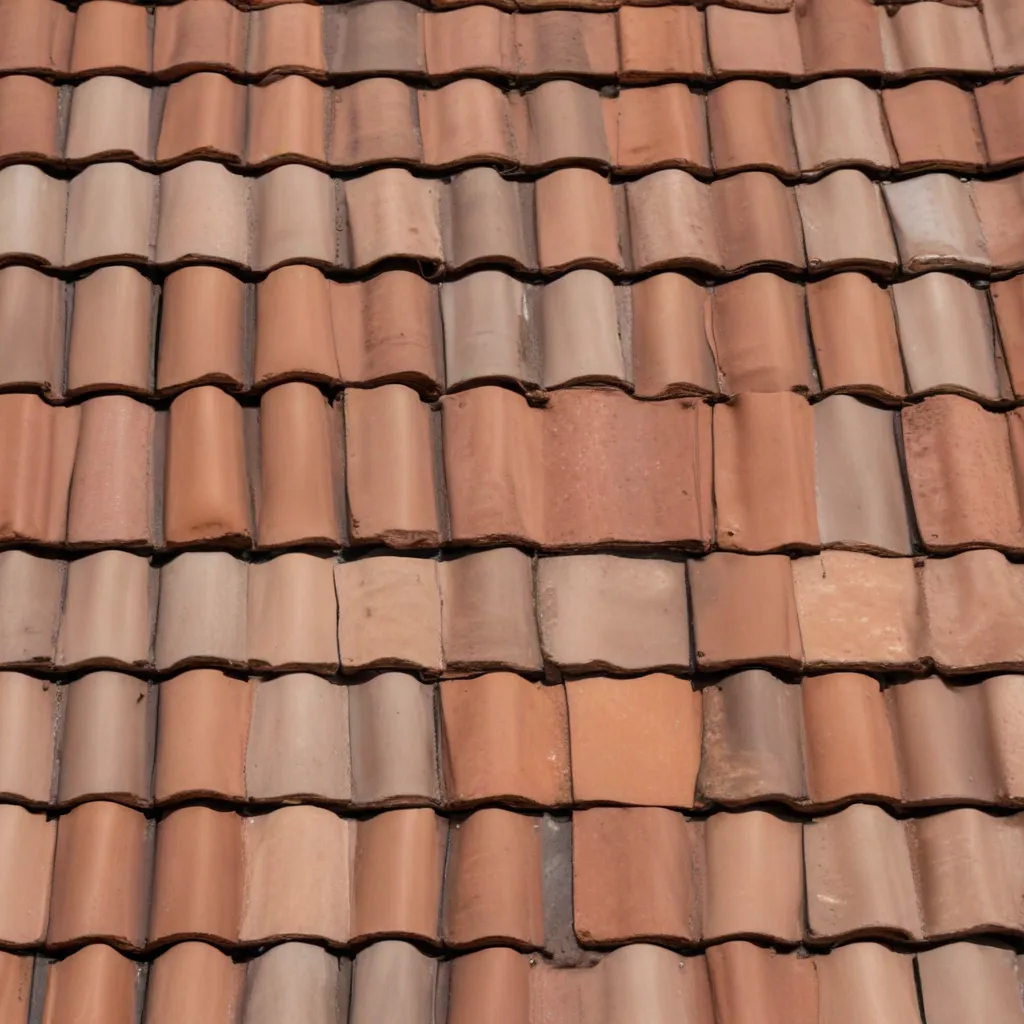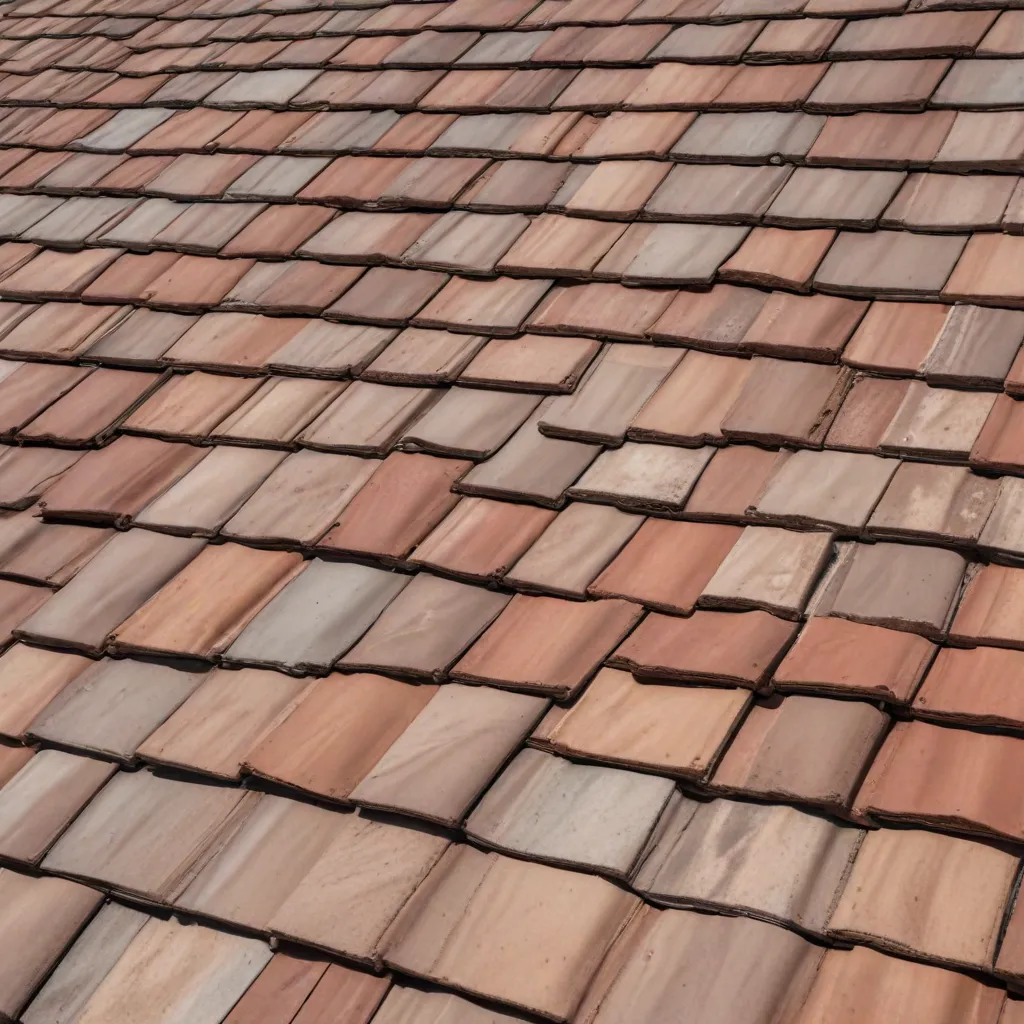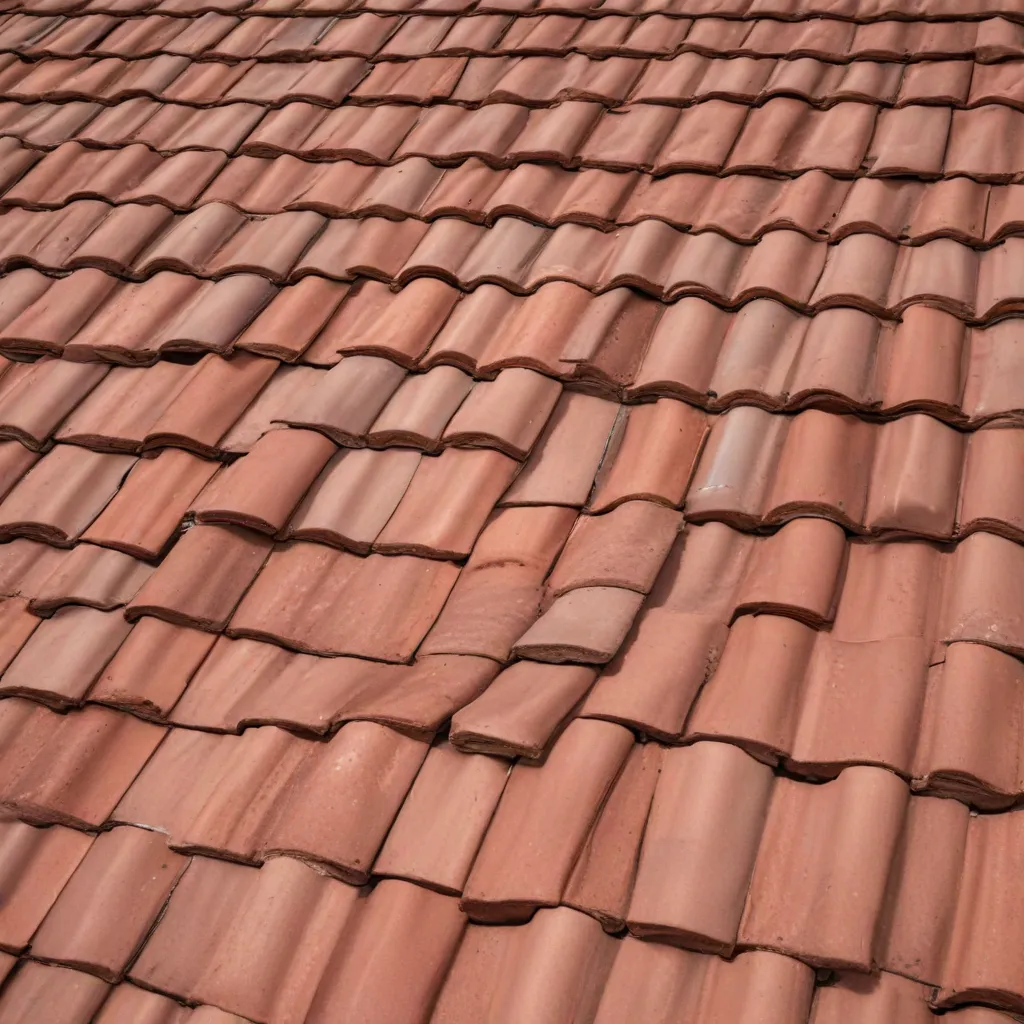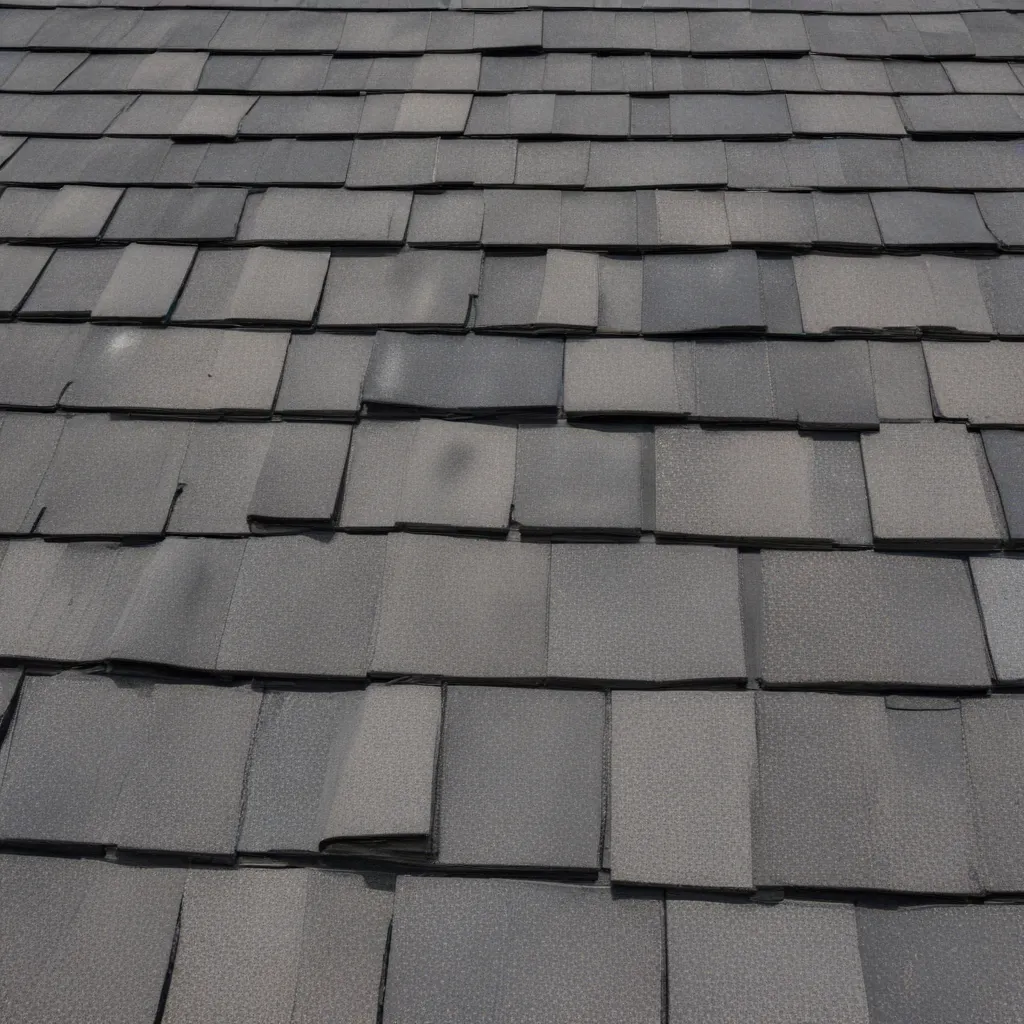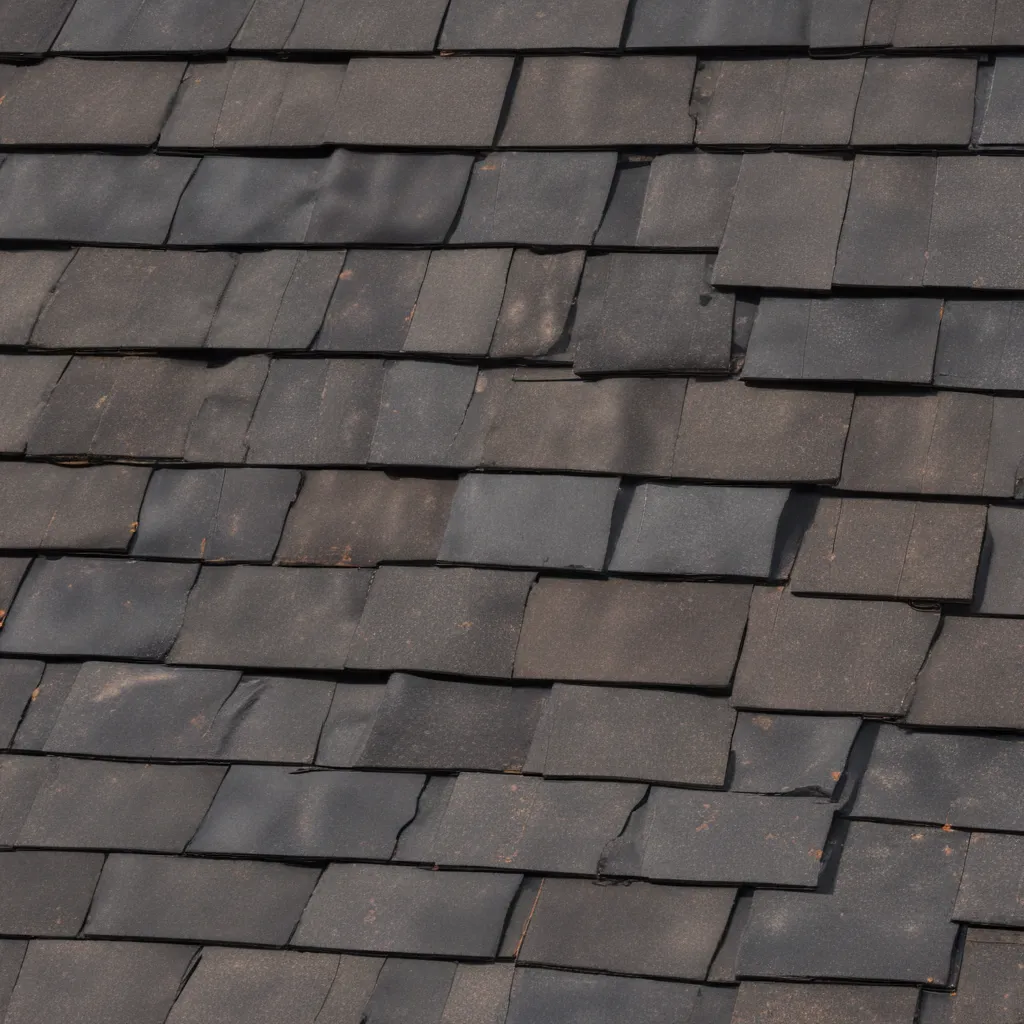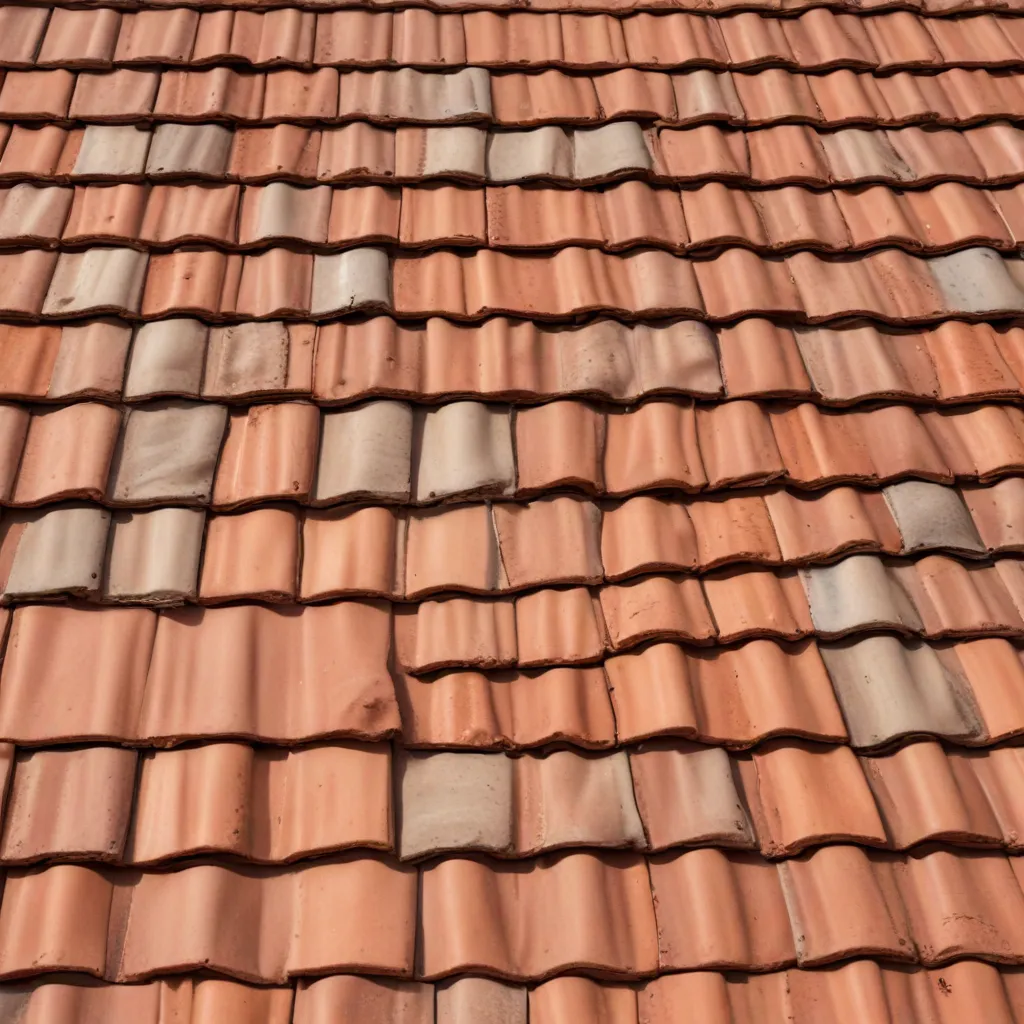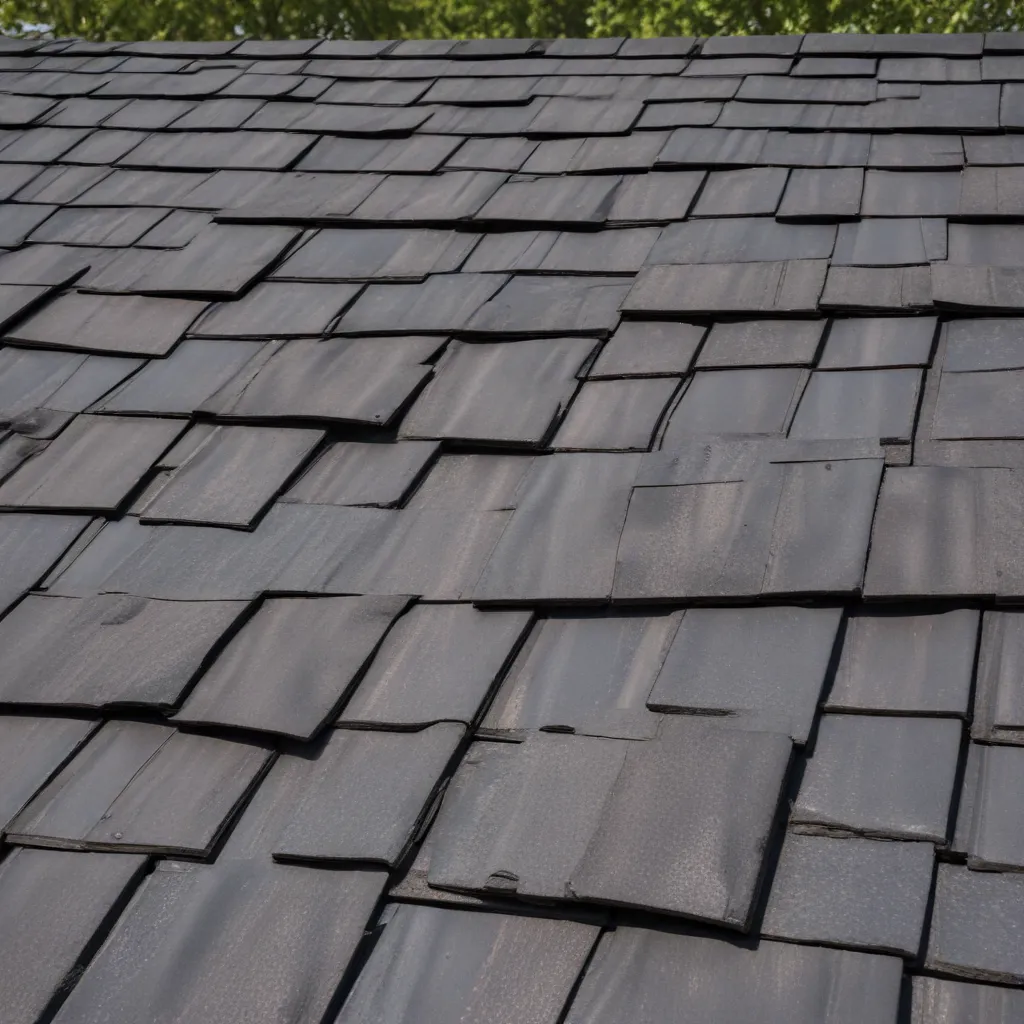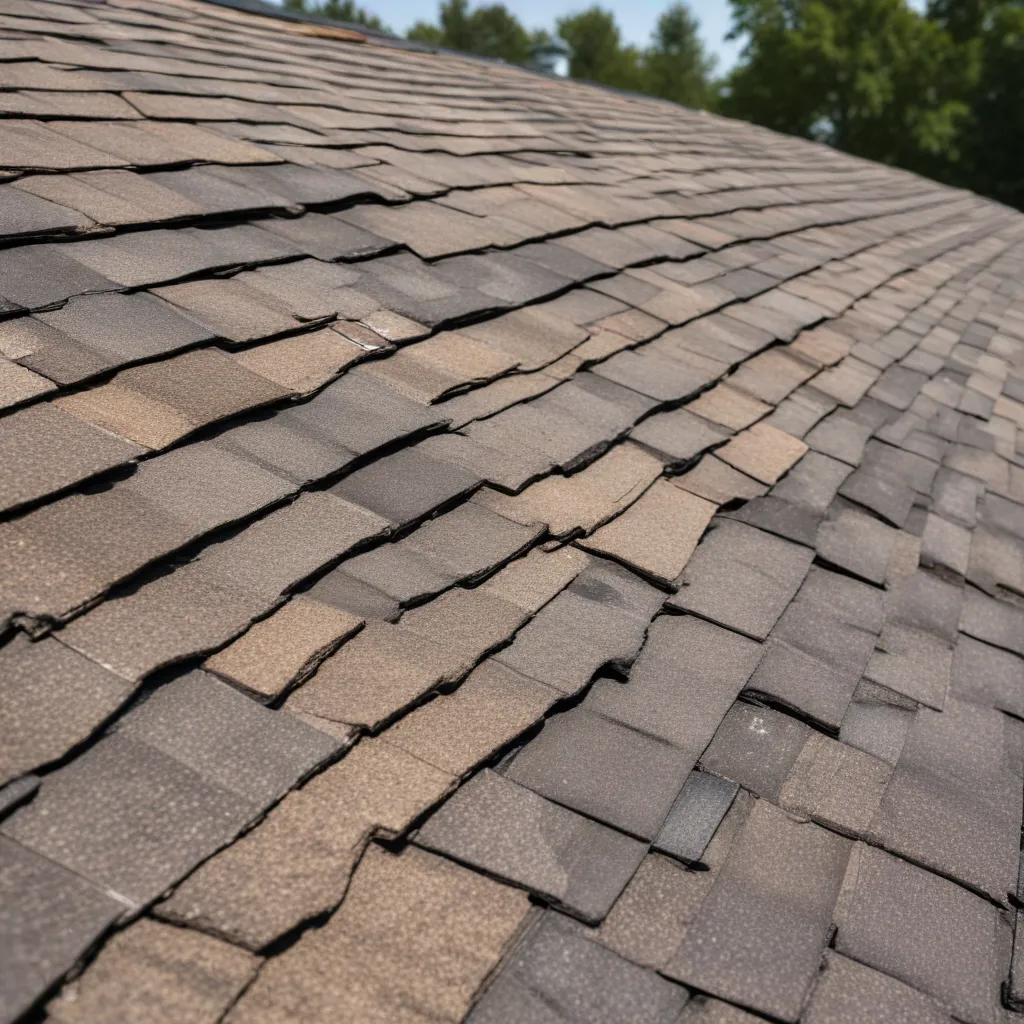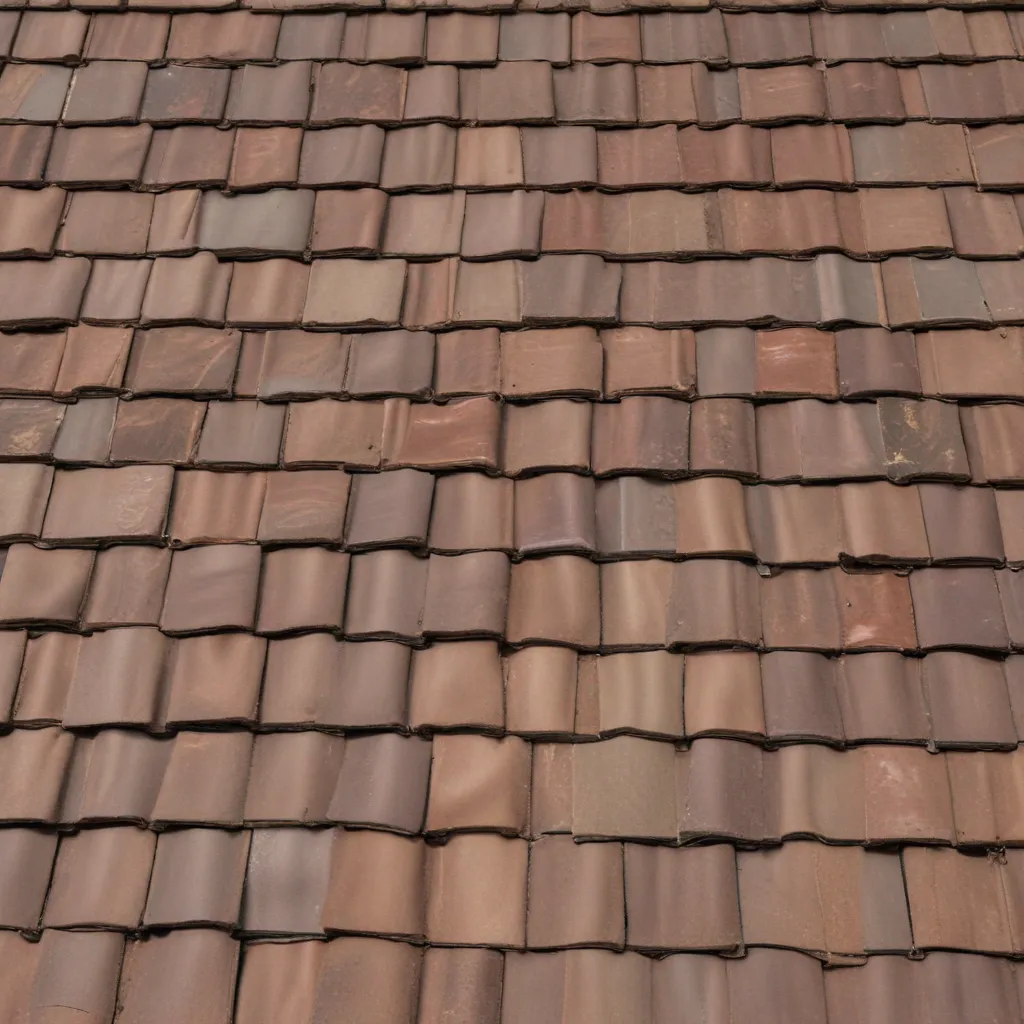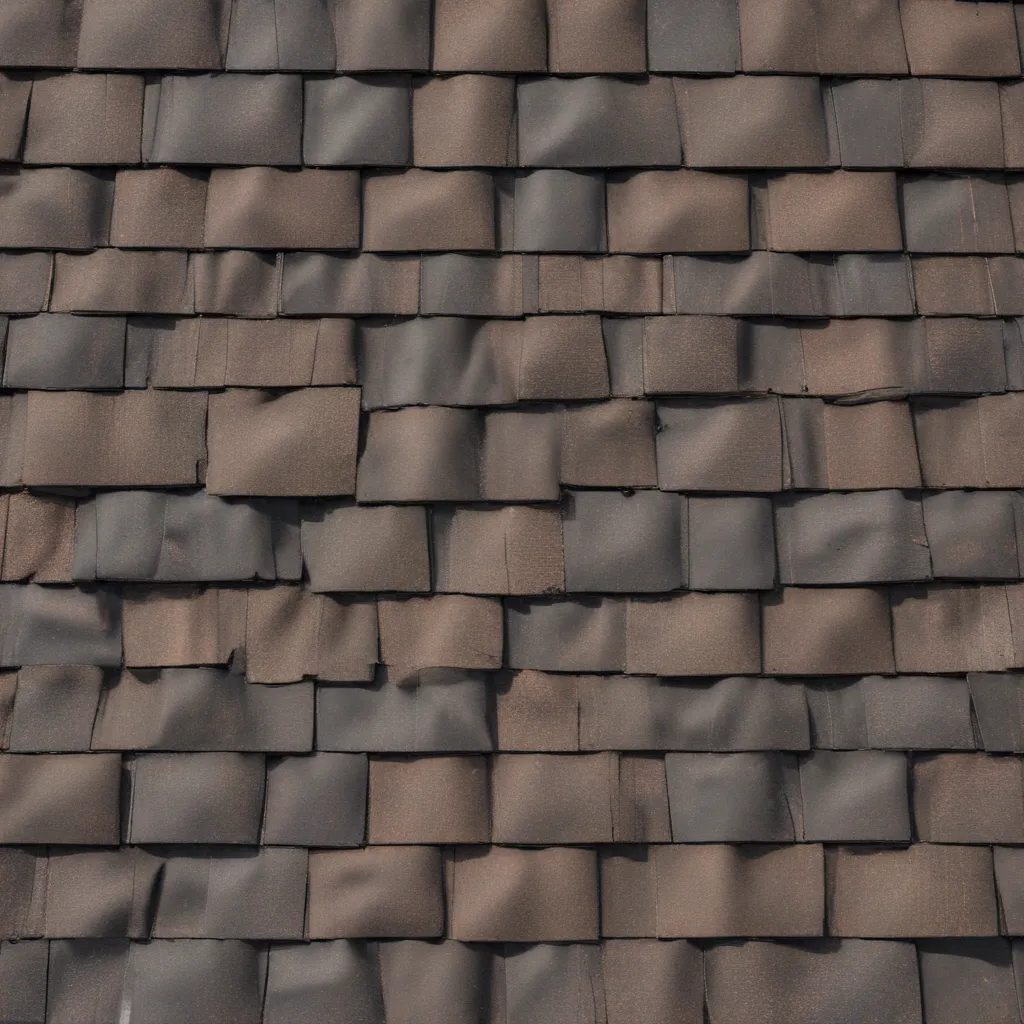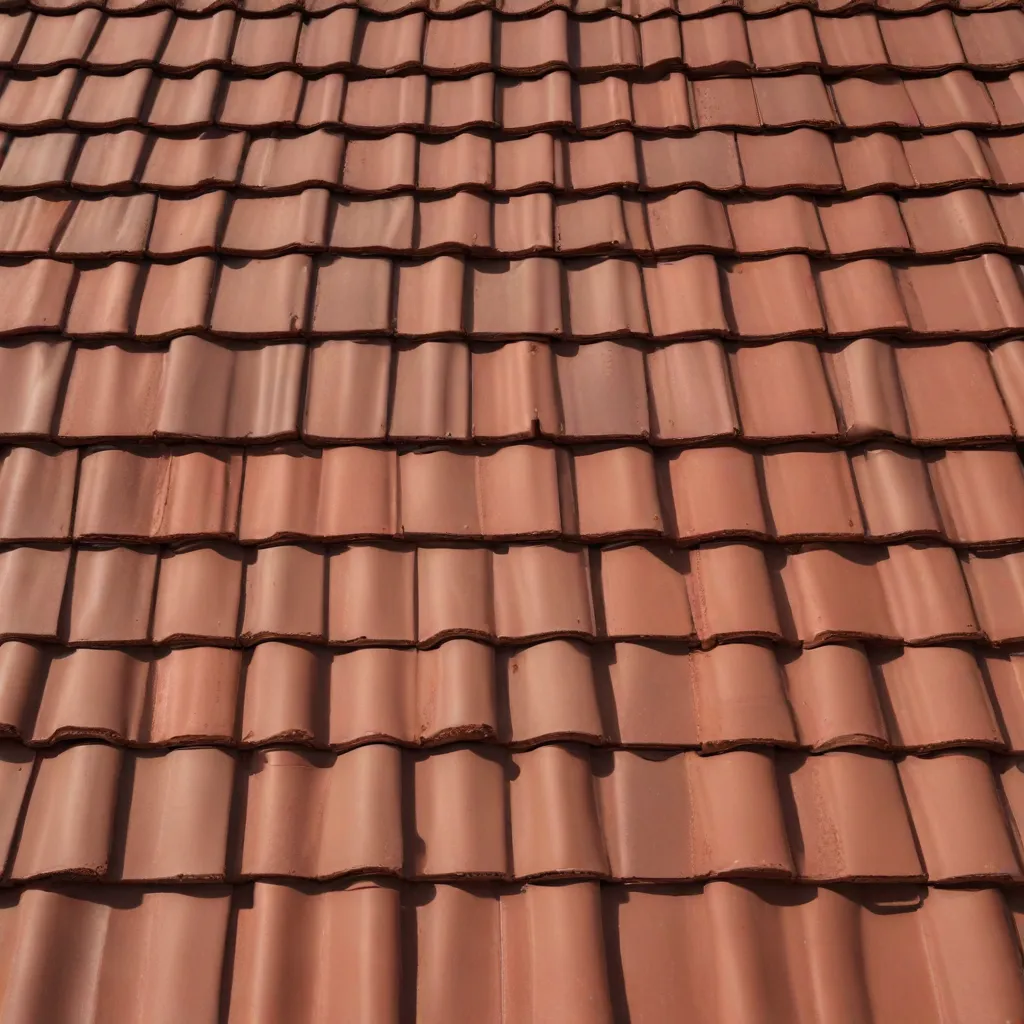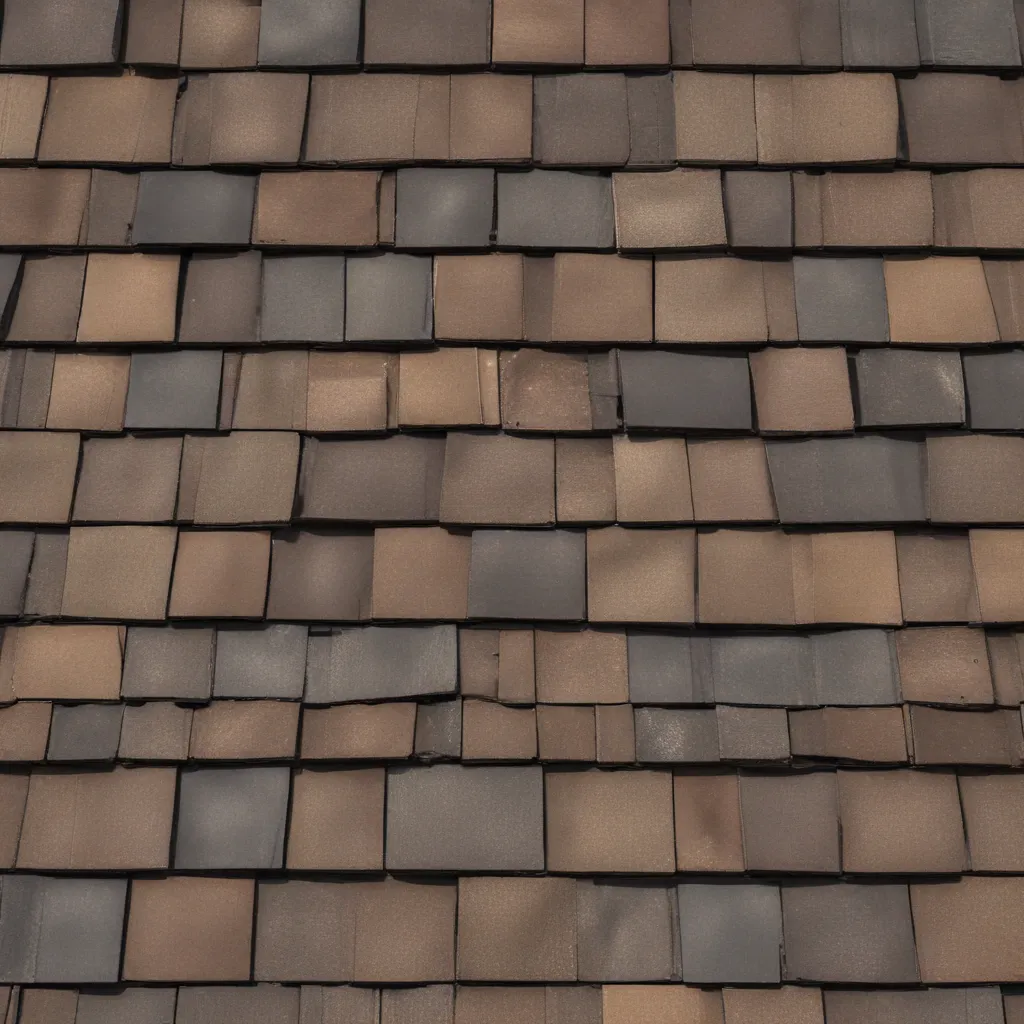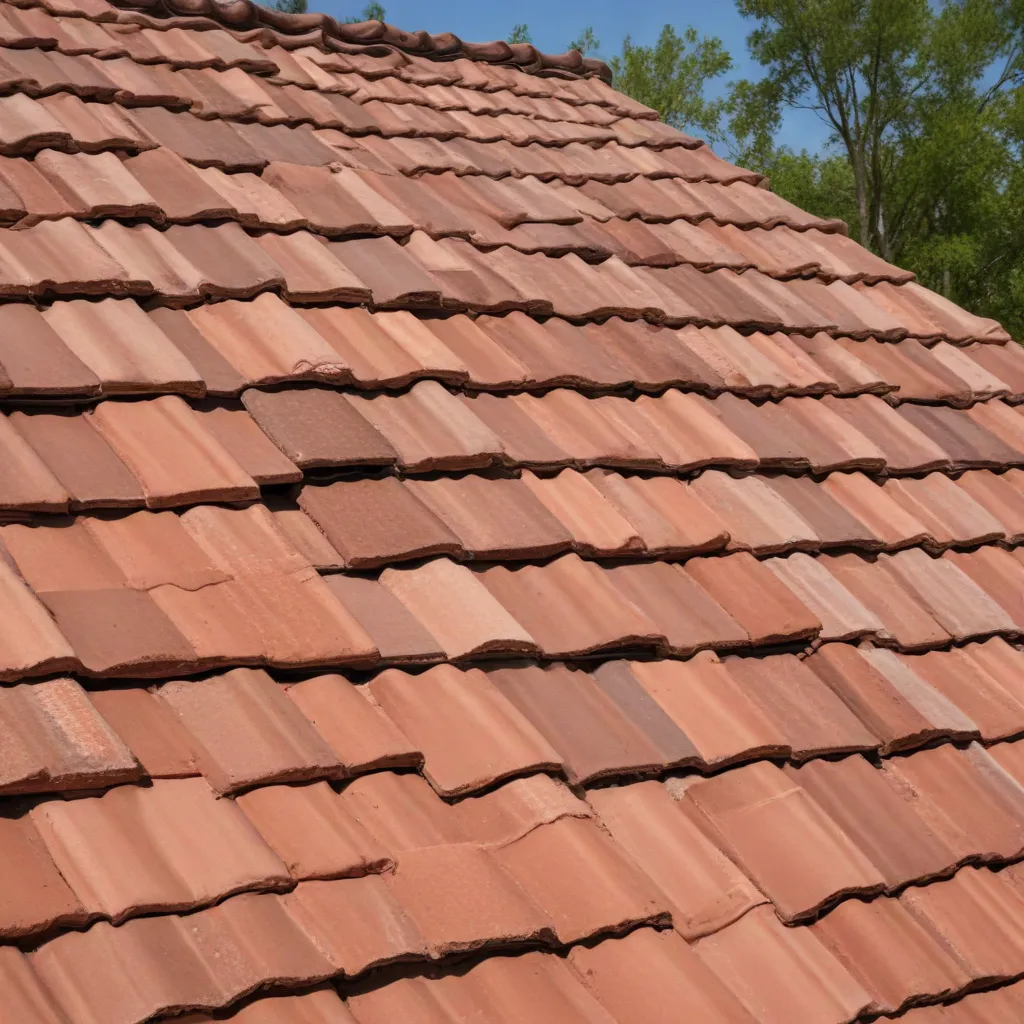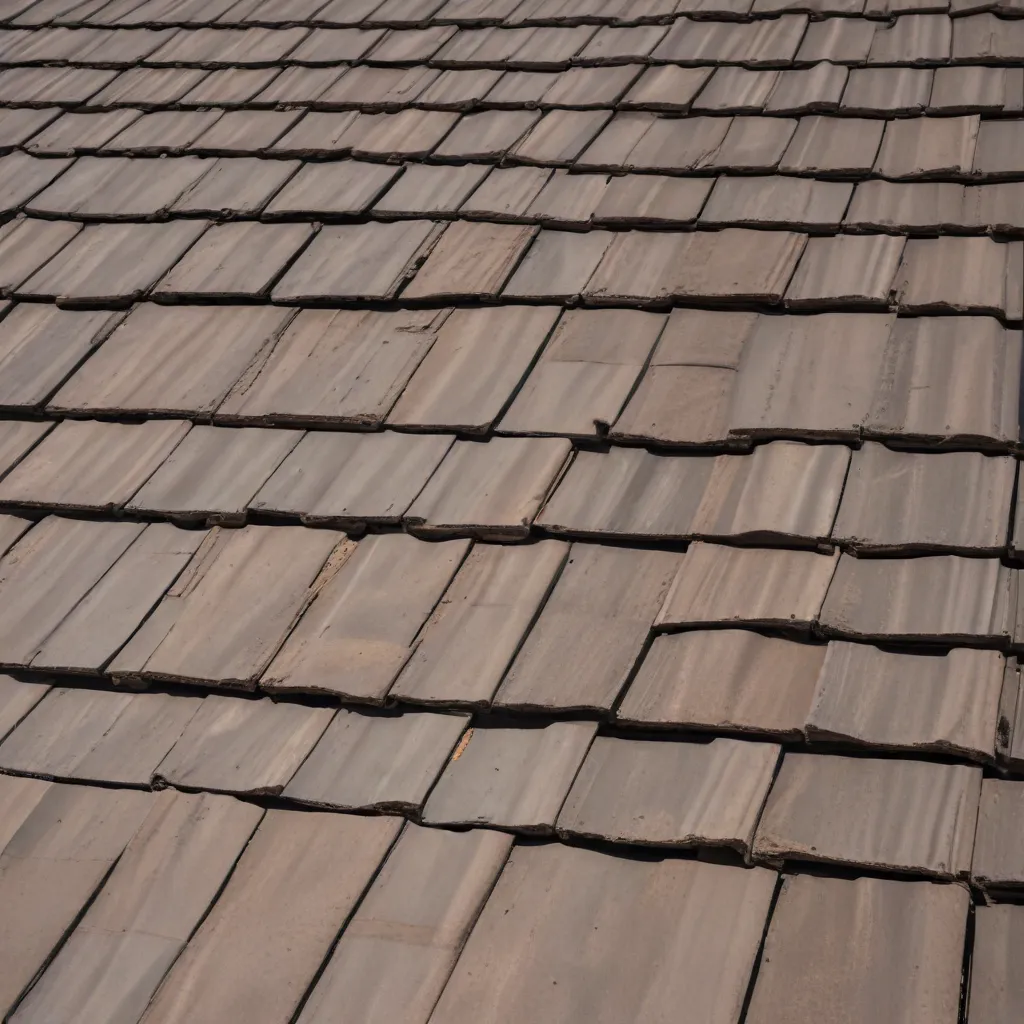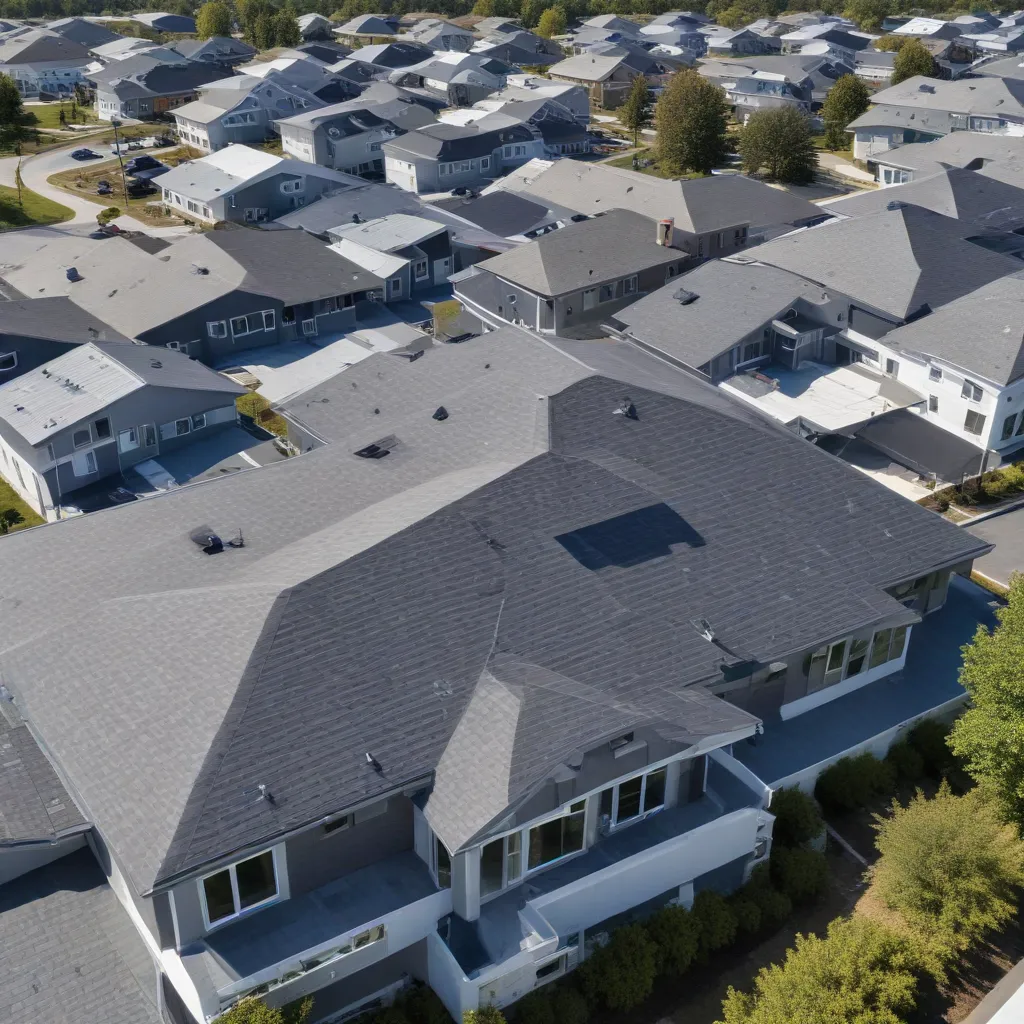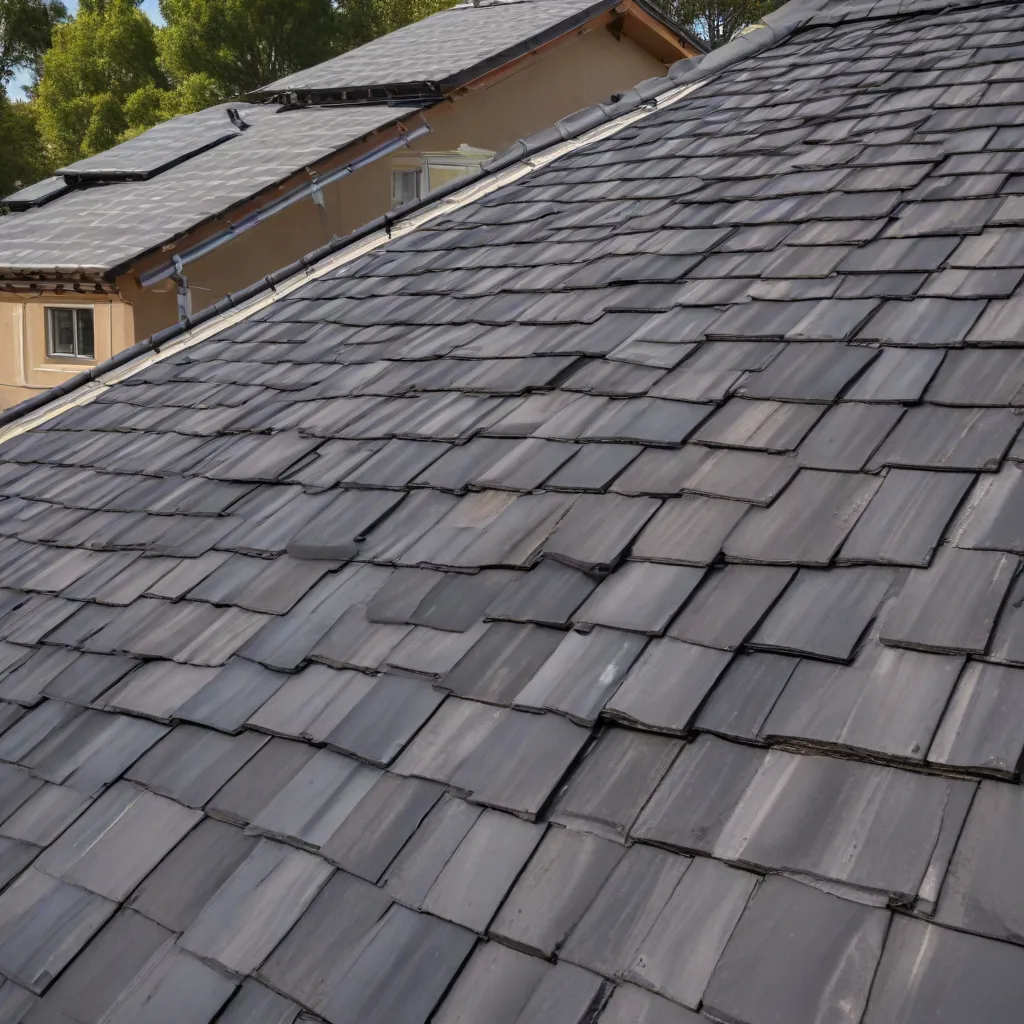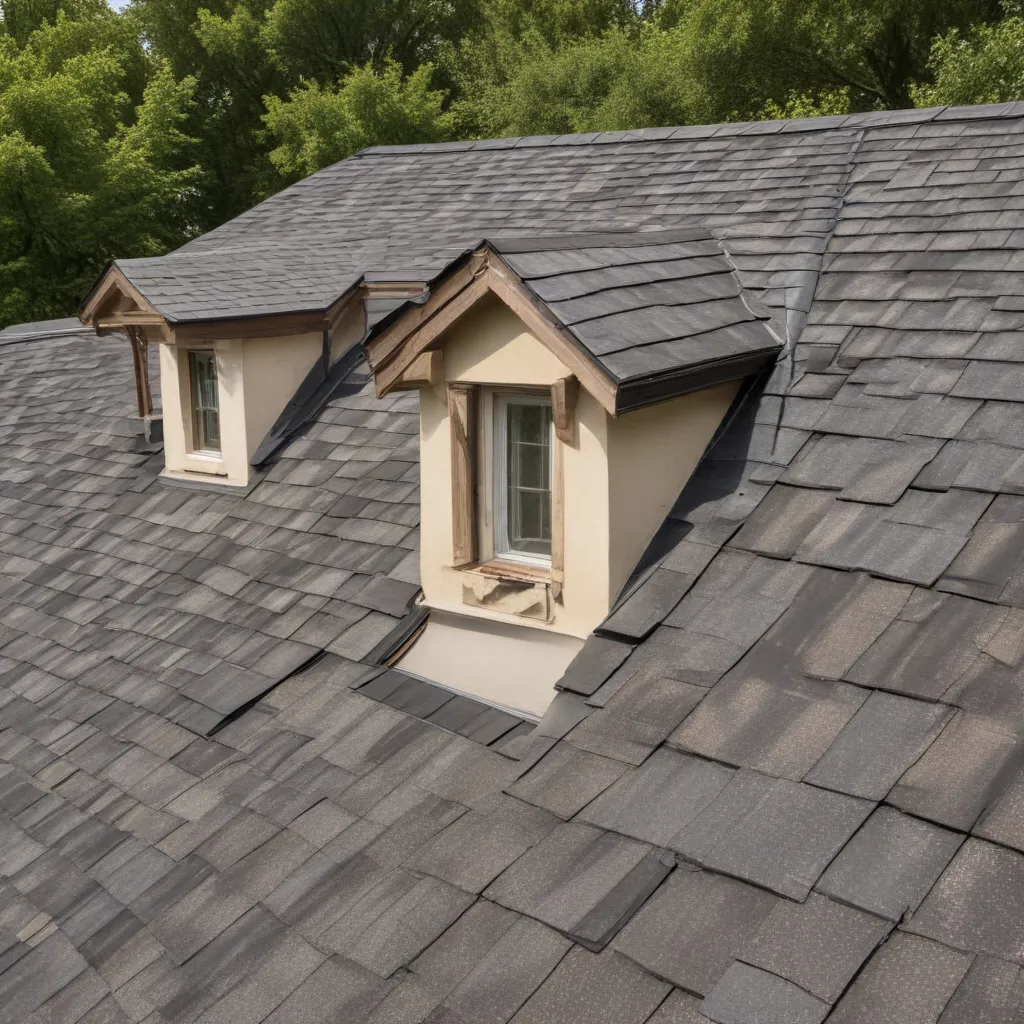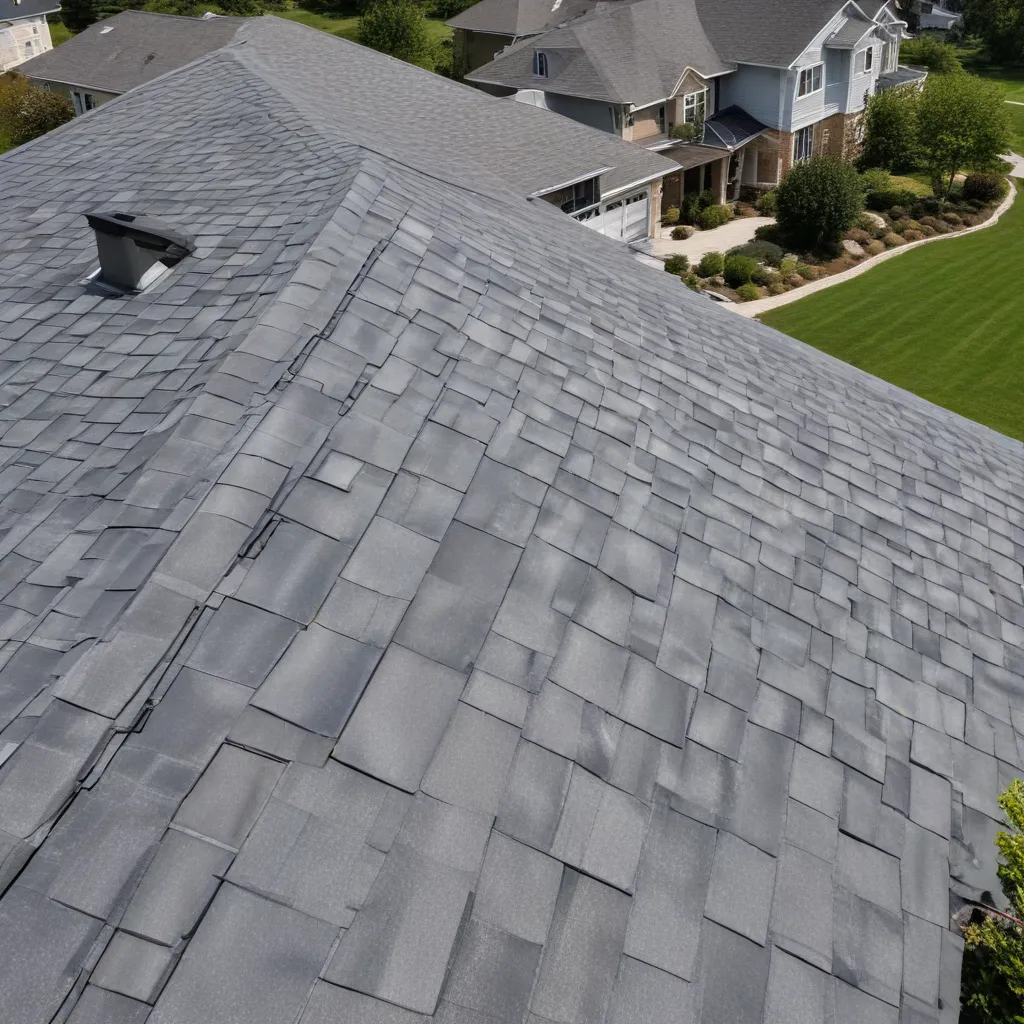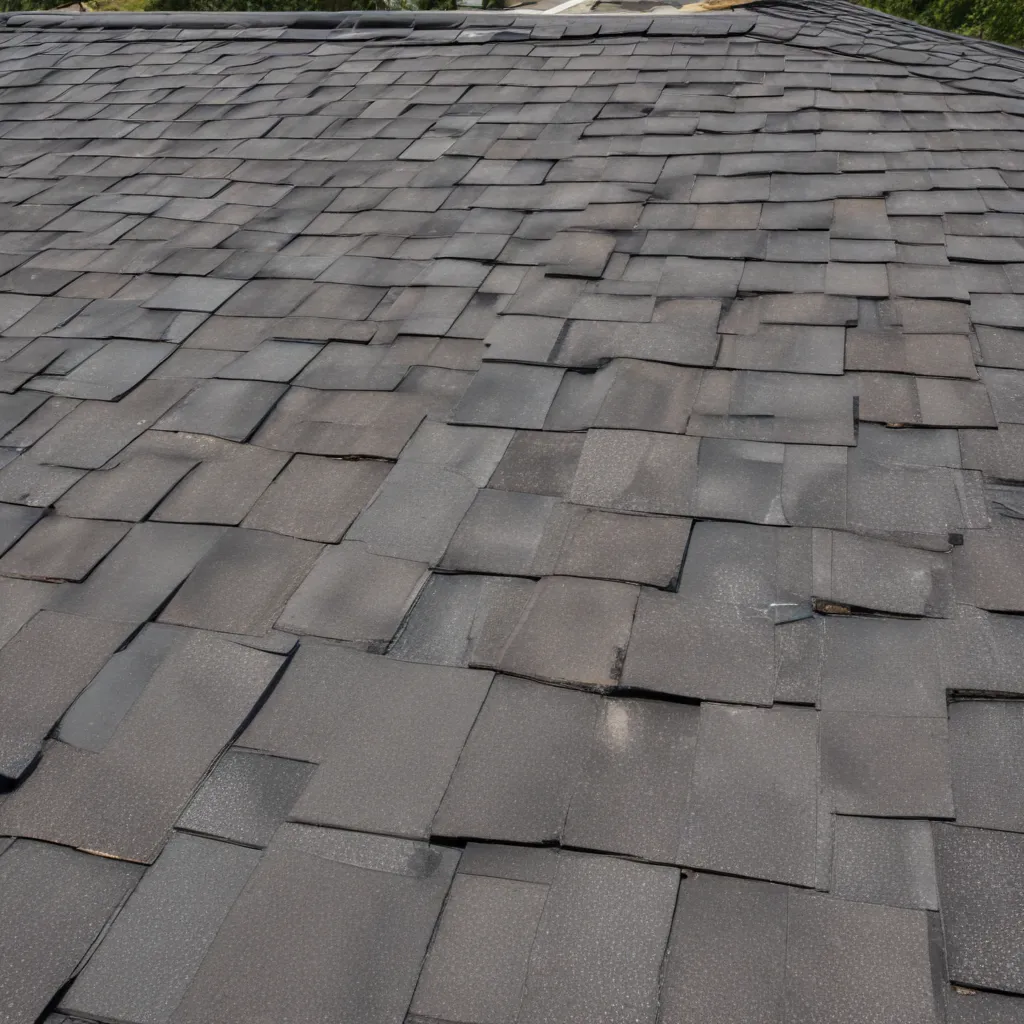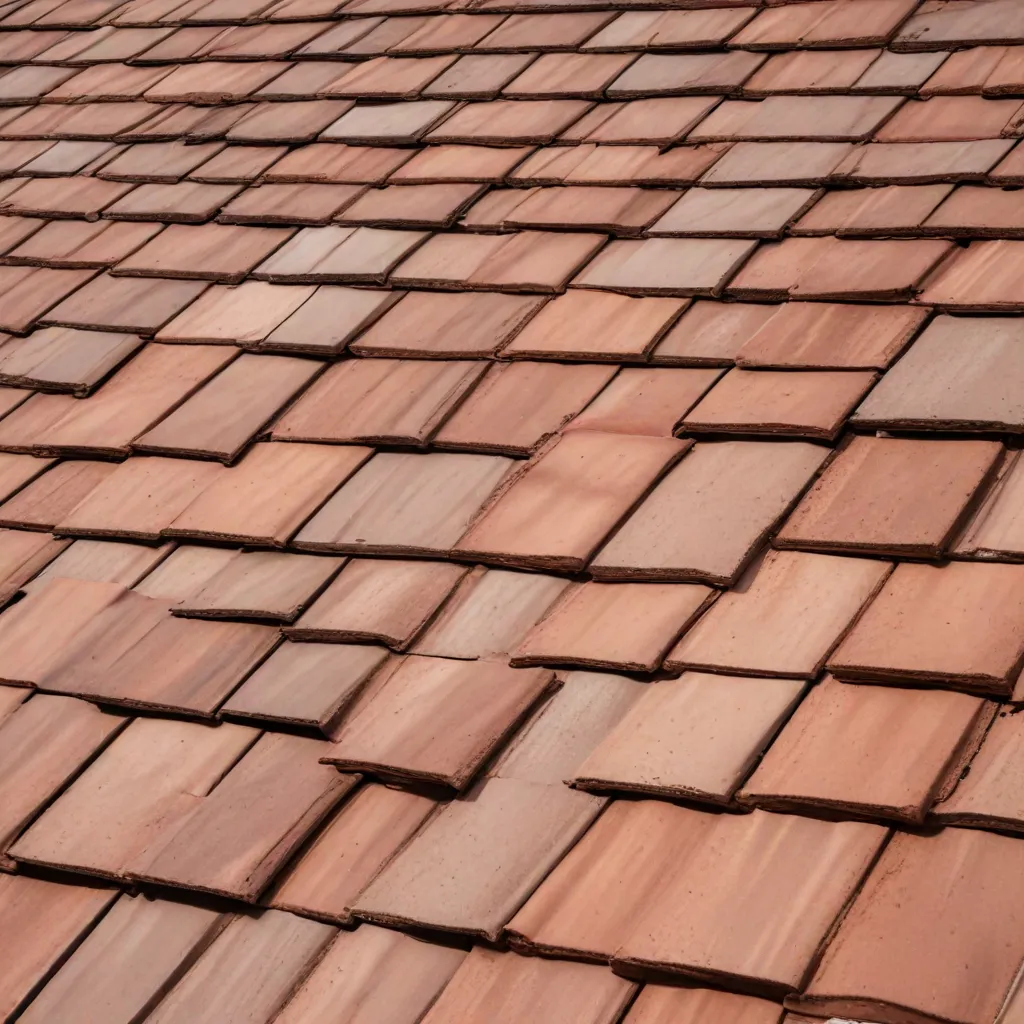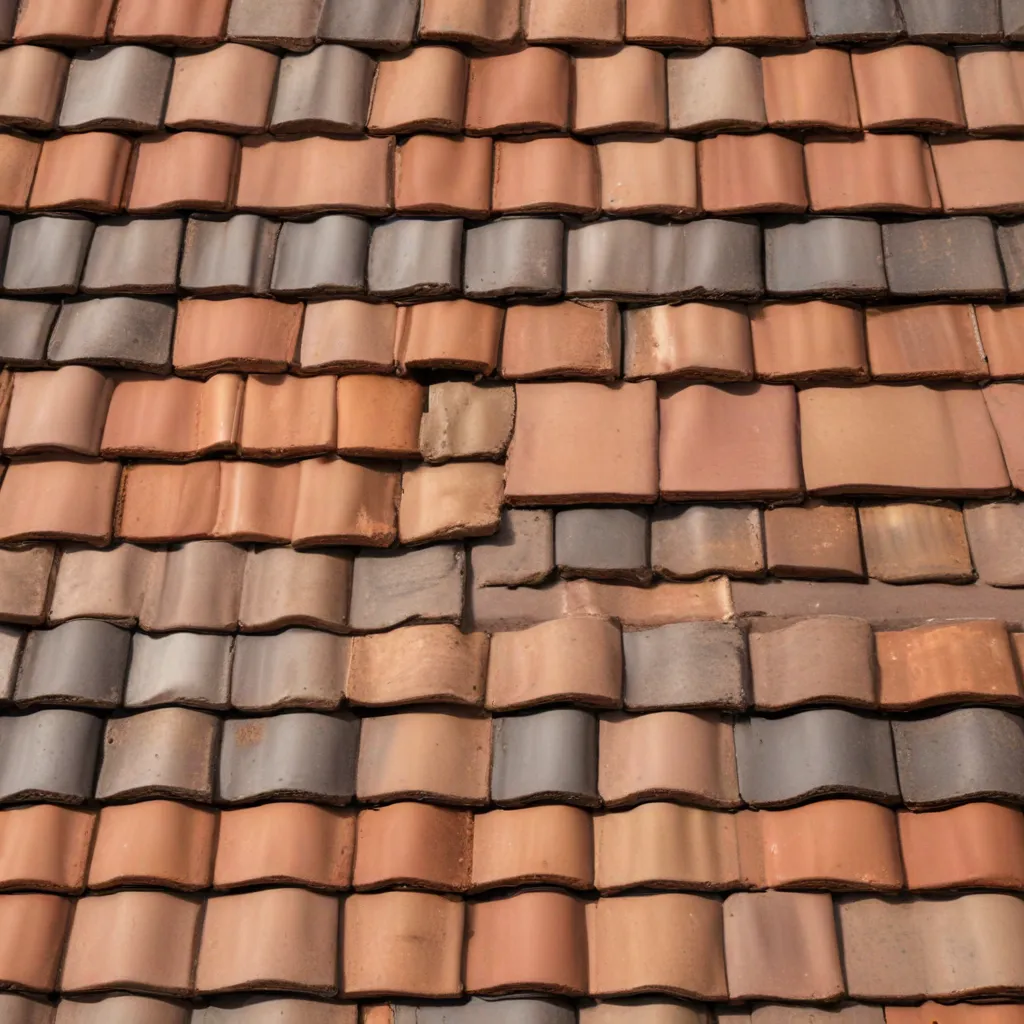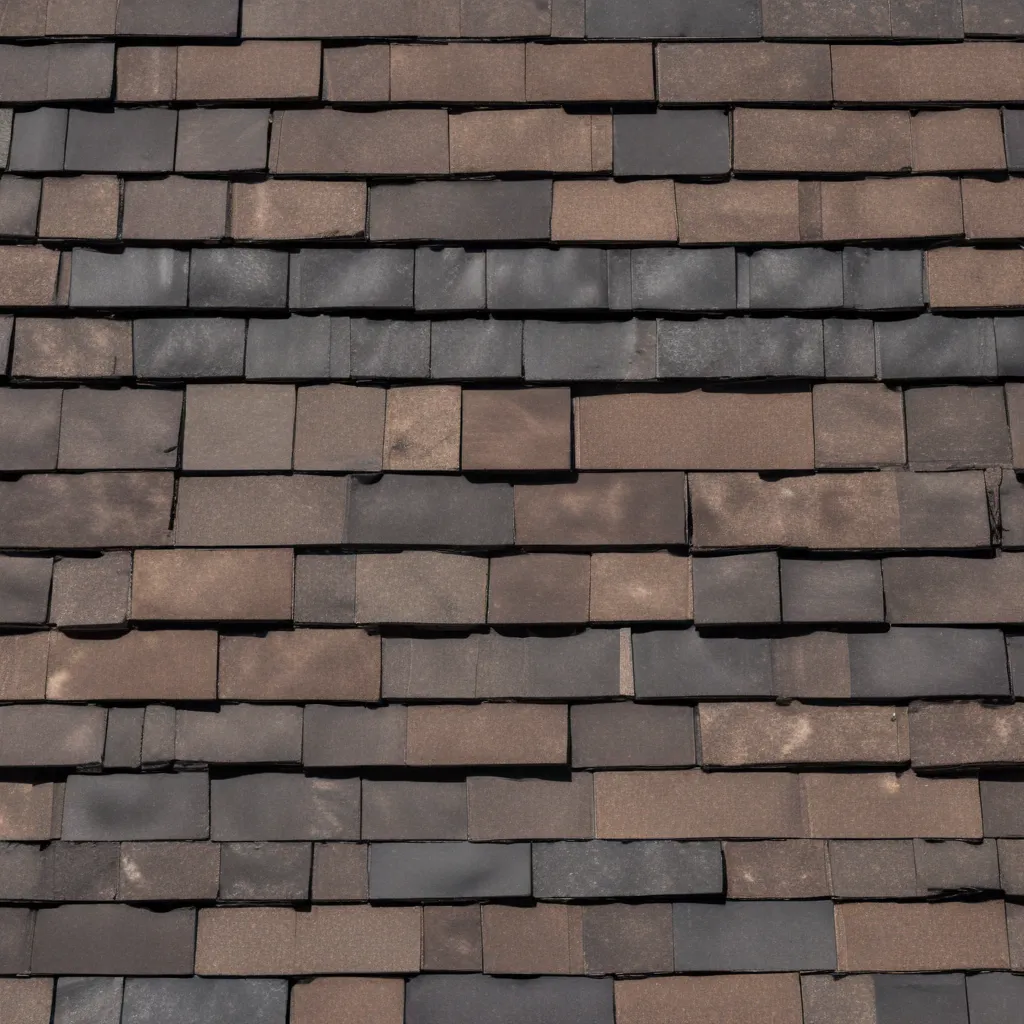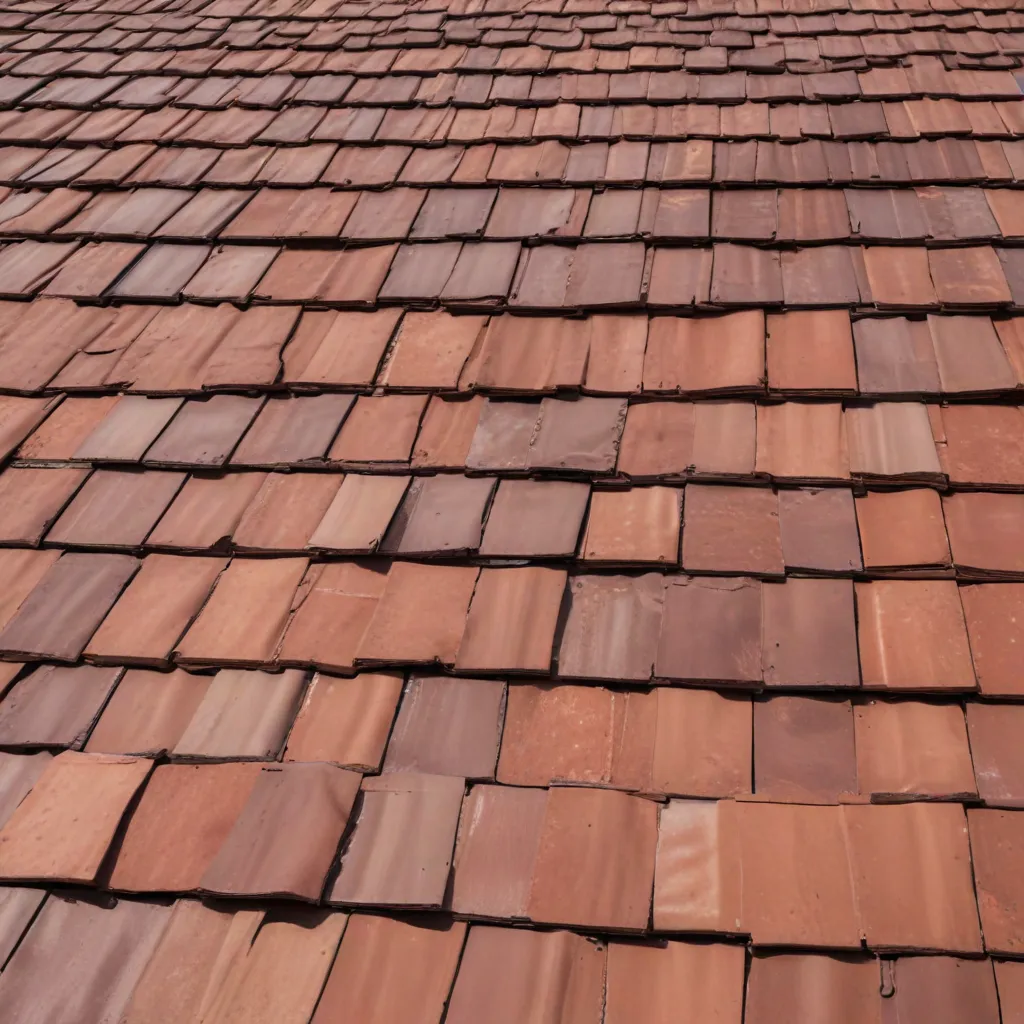When it comes to choosing the right roofing material for your home, it’s important to consider the climate you live in. Your roof is the first line of defense against the elements, so it’s crucial to select a material that can withstand the specific weather conditions in your area. In this comprehensive guide, we will explore the different types of roofing materials available and provide valuable insights to help you make an informed decision that will stand the test of time.
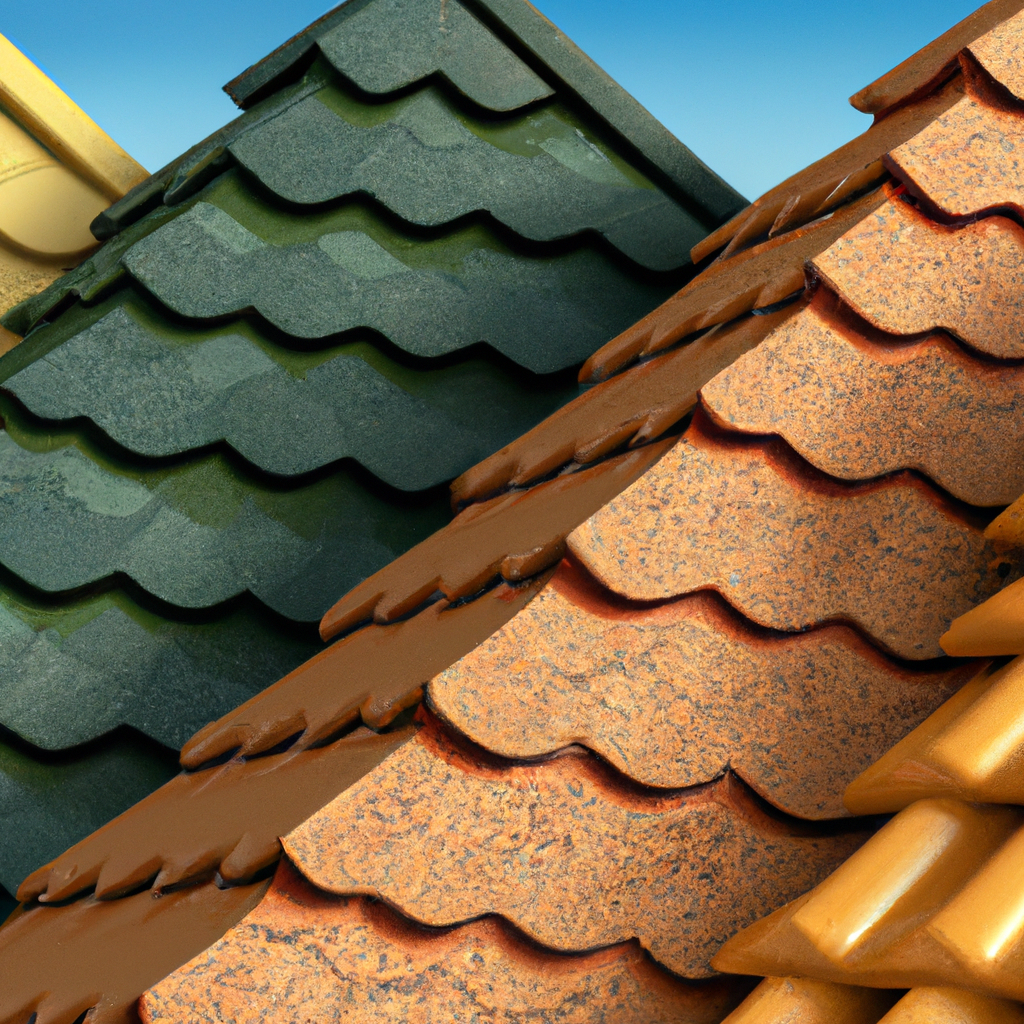
Understanding Your Climate
Before diving into the specifics of roofing materials, it’s essential to understand the climate in which you reside. Different regions experience different weather patterns, including temperature extremes, precipitation levels, and wind speeds. By familiarizing yourself with the unique characteristics of your climate, you can select a roofing material that is specifically designed to thrive in those conditions.
Asphalt Shingles: Versatile and Cost-Effective
Asphalt shingles are the most popular roofing material in North America, and for good reason. They are versatile, cost-effective, and available in a wide range of styles and colors. Asphalt shingles can withstand moderate weather conditions, making them a suitable choice for areas with mild climates. However, they may not be the best option for regions with frequent temperature fluctuations or high winds.
Metal Roofing: Durability and Energy Efficiency
Metal roofing has gained popularity in recent years due to its exceptional durability and energy efficiency. Metal roofs are highly resistant to fire, extreme weather conditions, and pests. They also have excellent longevity, often lasting up to 50 years or more. Additionally, metal roofs are highly reflective, reducing heat absorption and lowering cooling costs, making them an excellent choice for hot climates.
Clay and Concrete Tiles: Aesthetically Pleasing and Heat-Resistant
Clay and concrete tiles offer a unique combination of aesthetic appeal and heat resistance. These materials are commonly found in Mediterranean-style homes and are well-suited for areas with hot and dry climates. Clay and concrete tiles have excellent thermal resistance, preventing excessive heat from entering the home. However, they can be heavy and may require additional structural support during installation.
Wood Shingles and Shakes: Natural Charm and Insulation
Wood shingles and shakes provide a natural and rustic charm to any home. They are often chosen for their aesthetic appeal and excellent insulation properties. However, it’s important to consider the climate before opting for wood roofing. Wood shingles and shakes are prone to rot, mold, and insect damage, making them less suitable for humid or rainy climates. In dry climates, proper maintenance and periodic treatment can help prolong their lifespan.
Slate Roofing: Unparalleled Elegance and Longevity
Slate roofing is renowned for its timeless beauty and exceptional durability. Slate tiles are made from natural stone and can last for over a century with proper installation and maintenance. They are impervious to fire, rot, and insect damage, making them an excellent choice for virtually any climate. However, it’s important to note that slate roofing can be quite expensive, and its weight may require additional structural reinforcement.
Synthetic Roofing Materials: Durability and Affordability
Synthetic roofing materials, such as rubber, polymer, or composite shingles, offer a combination of durability and affordability. These materials are designed to replicate the appearance of traditional roofing materials while providing enhanced resistance to weathering, UV rays, and impact. Synthetic roofing materials are suitable for a wide range of climates, but it’s crucial to choose a high-quality product from a reputable manufacturer to ensure long-term performance.
Conclusion
Choosing the right roofing material for your climate is a decision that should not be taken lightly. By considering the unique weather conditions in your area and understanding the characteristics of different roofing materials, you can make an informed choice that will protect your home for years to come. Whether you opt for the versatility of asphalt shingles, the durability of metal roofing, the elegance of slate, or any other material, remember to prioritize quality installation and regular maintenance to maximize the lifespan and performance of your roof.

